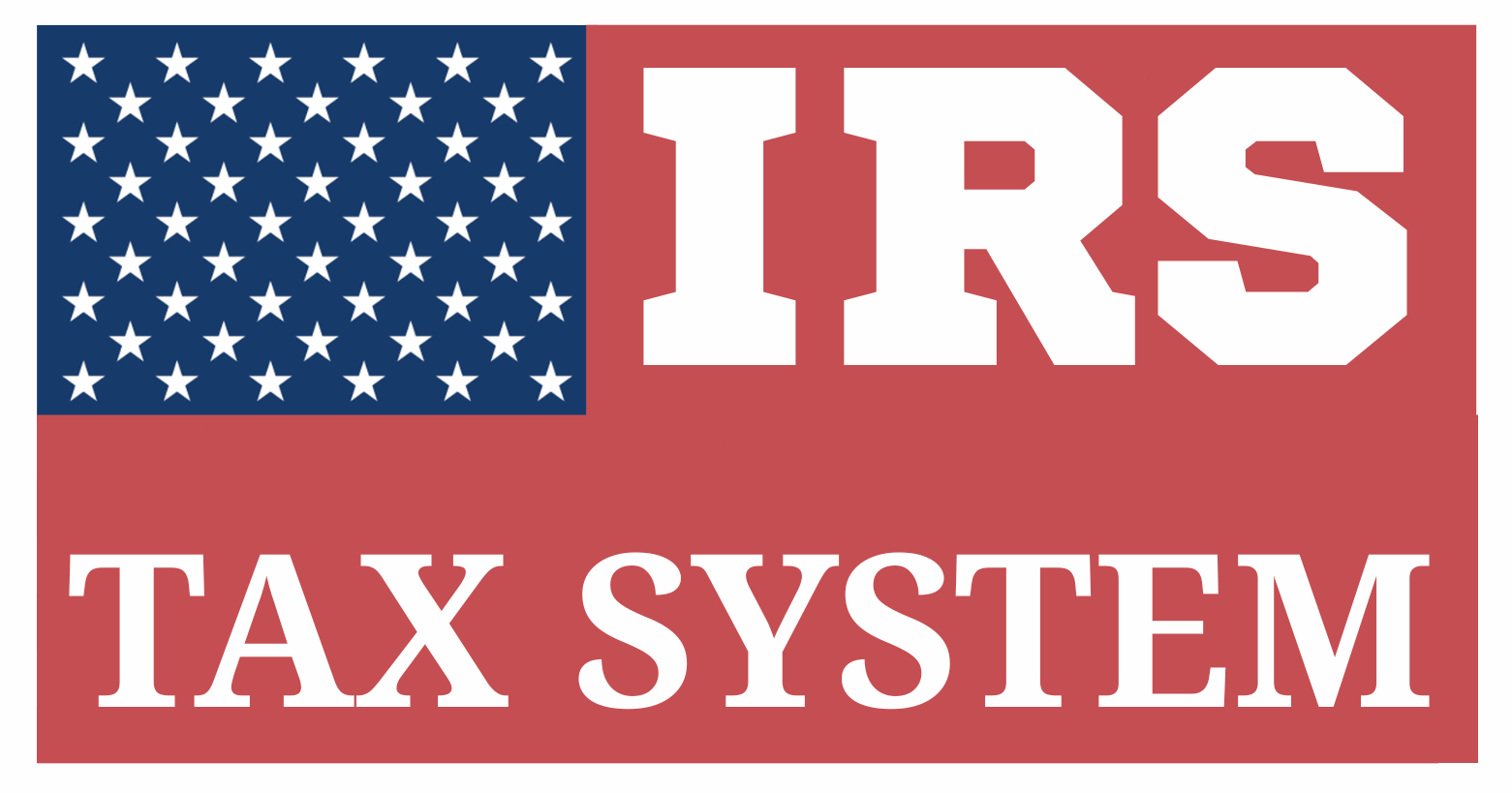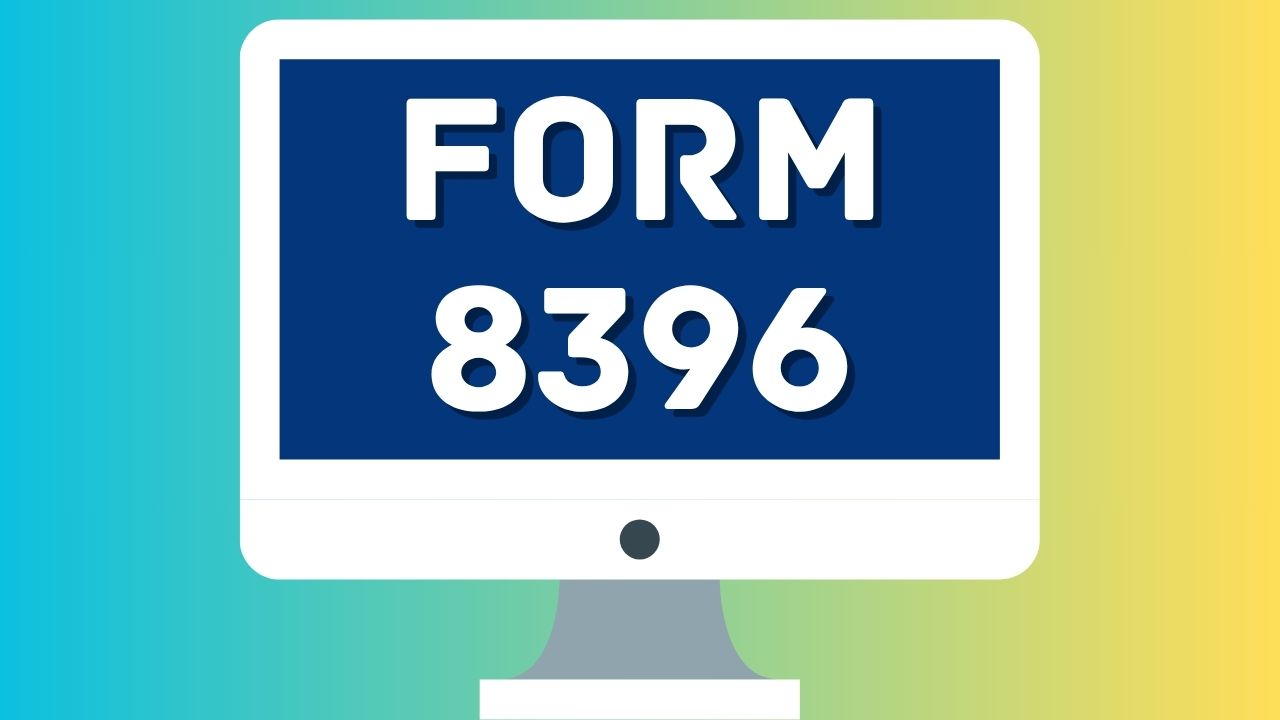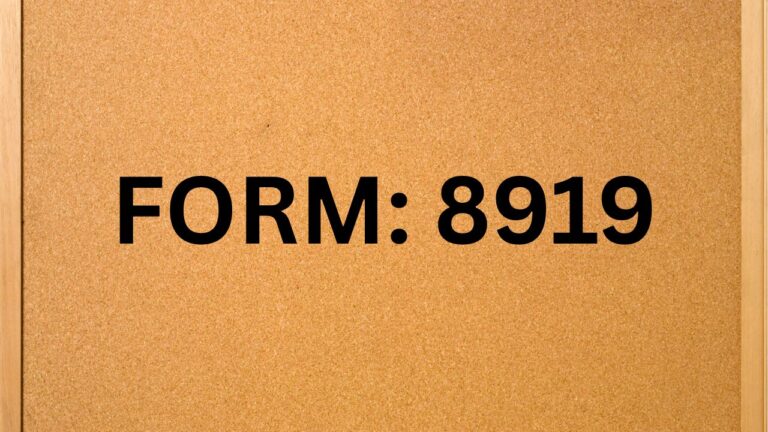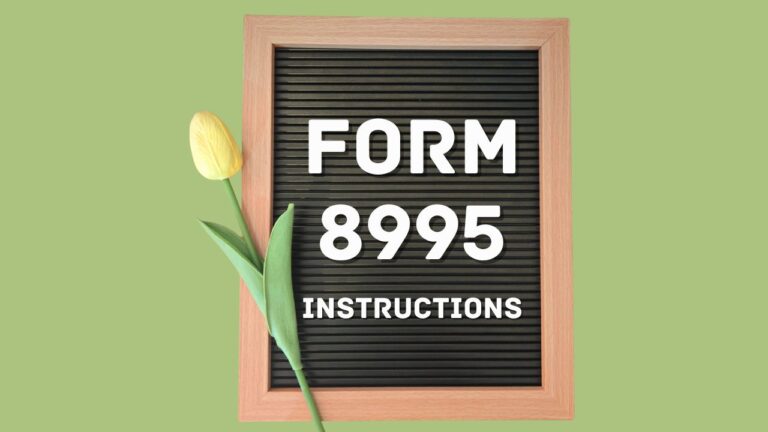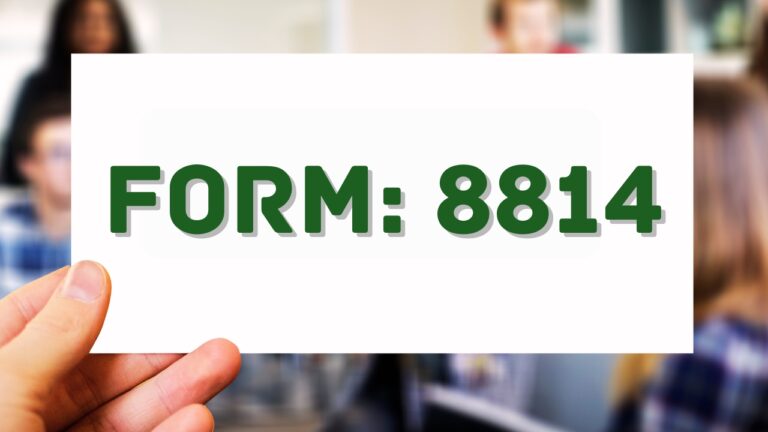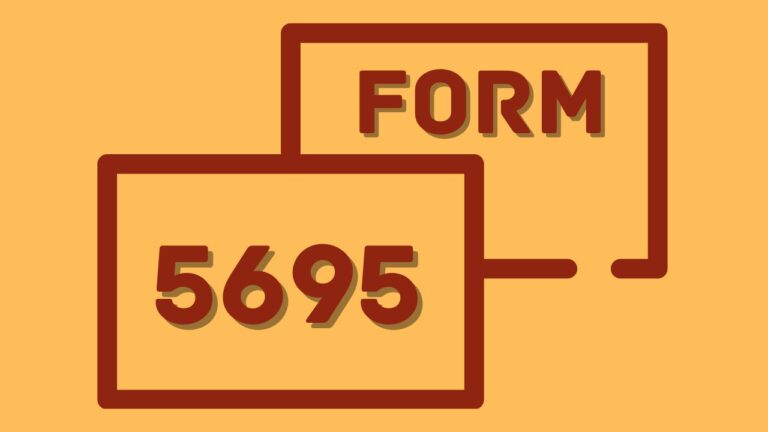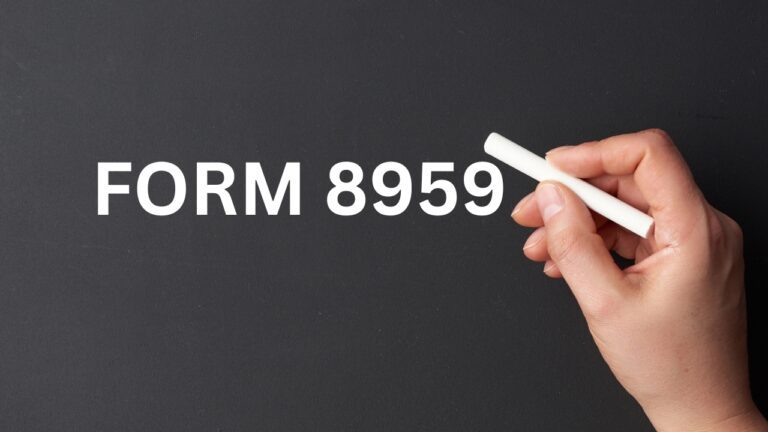Form 8396: Complete Review On Mortgage Interest Credit
Table of Contents
How to Claim the Mortgage Interest Credit with IRS Form 8396?
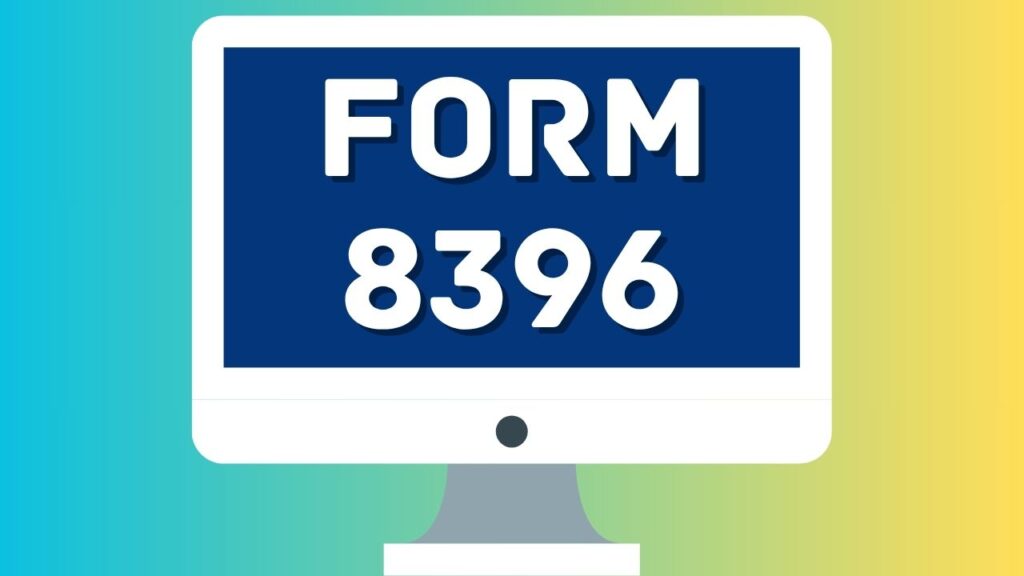
IRS Form 8396, titled Mortgage Interest Credit, is used by qualifying homeowners to claim a federal income tax credit on mortgage interest they paid during the tax year, provided they hold a Mortgage Credit Certificate (MCC). This certificate is issued by a state or local government agency, typically under a housing finance agency program, and is designed to make homeownership more affordable—especially for first-time buyers or low- to moderate-income households.
The form allows eligible taxpayers to offset part of their federal income tax liability with a nonrefundable credit based on the mortgage interest paid, helping reduce overall tax owed without directly affecting taxable income like a deduction would.
Understanding the Mortgage Credit Certificate (MCC)
A Mortgage Credit Certificate allows qualified borrowers to claim a percentage of their annual mortgage interest—generally 10% to 50%—as a direct federal tax credit. The credit rate and limits are defined in the certificate.
For credit rates above 20%, the annual mortgage credit is capped at $2,000. Rates at or below 20% are not subject to this limitation.
How Does Form 8396 Work?
Form 8396 calculates the credit by applying the MCC’s specified rate to the total mortgage interest paid during the tax year. If the resulting amount exceeds your tax liability, you cannot receive a refund, but you may carry forward the unused portion for up to three subsequent years.
Key Points:
| Component | Details |
| Type of Credit | Nonrefundable (only offsets tax owed) |
| Eligible Property | Primary residence only |
| Credit Rate | 10% to 50% (as per MCC) |
| Annual Credit Cap | $2,000 if rate >20%; no cap if ≤20% |
| Carryforward | Allowed for 3 years for unused credit |
| Interaction with Deduction | Must reduce deductible mortgage interest by the credit claimed |
Who Is Eligible to File Form 8396?
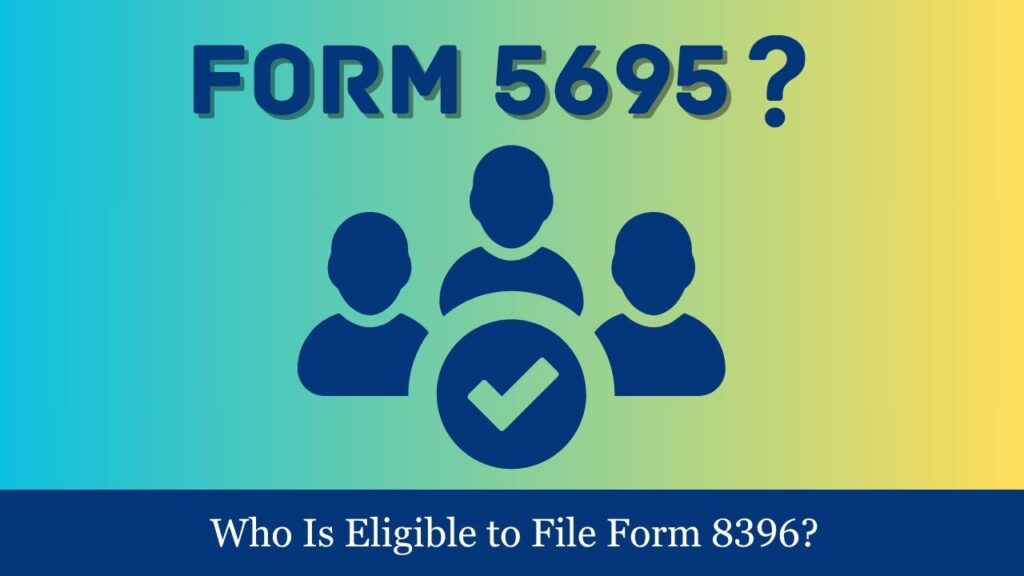
Taxpayers may be eligible to file IRS Form 8396 (Mortgage Interest Credit) if they have been issued a Mortgage Credit Certificate (MCC) by a state or local government agency, typically through a housing finance authority operating a qualified MCC program. The form is designed for individuals who meet specific criteria related to their mortgage, residence, and financial situation. Here’s a comprehensive overview of the qualifications you must meet to be eligible.:
1. You Must Have a Valid Mortgage Credit Certificate (MCC)
The most fundamental requirement is that you possess a qualified MCC issued under a federally approved Mortgage Credit Certificate program. These certificates are typically granted:
- At the time of purchasing a home.
- Through state or local housing finance agencies.
- As part of first-time homebuyer or affordable housing programs.
The MCC includes key details such as:
- The date of issue
- The credit rate (typically between 10% and 50%)
- The certifying agency
- The mortgage amount
Without a valid MCC, you cannot file Form 8396.
2. You Used the Mortgage Loan to Buy Your Primary Residence
To qualify for the credit:
- The MCC must be tied to a mortgage used specifically for buying a home—not for refinancing or making renovations.
- The property must serve as your primary residence, where you reside for most of the year.
- Properties used as rentals, second residences, or vacation homes are not eligible for the credit.
You must live in the home as your principal residence during the tax year to claim the credit.
3. The Mortgage Must Be a “Qualified Home Loan”
The mortgage must be:
- Secured by the property listed on the MCC.
- Taken for the original purchase of the home.
- Issued under the terms and conditions of a qualified mortgage program, often with income and home value restrictions.
If the original mortgage is refinanced, the taxpayer may still be eligible—but only if a Reissued Mortgage Credit Certificate (RMCC) is granted by the housing agency.
4. You Must Meet Income and Home Purchase Price Limits
MCC programs are managed at the local level and typically impose income and purchase price limits that differ based on region and household size.
These thresholds are based on:
- Area median income (AMI)
- Family size
- Geographic location (urban vs. rural areas)
If your income or the purchase price of the home exceeds the program’s limits, you may not qualify for the MCC or the corresponding credit.
5. The MCC Must Still Be Valid
To claim the credit on Form 8396:
- The MCC must be active and not revoked.
- If you refinanced your original mortgage and failed to get a Reissued MCC, the original certificate becomes invalid for claiming future credits.
- If the certificate is revoked or the home is no longer your primary residence, you are not eligible to file Form 8396 for that year.
6. You’re Not Subject to Alternative Disqualifying Situations
Certain situations may disqualify you from claiming the mortgage interest credit:
- You transferred ownership of the home and no longer reside there.
- You did not pay any mortgage interest during the tax year.
- You are subject to AMT (Alternative Minimum Tax) in a manner that nullifies the benefit of nonrefundable credits.
- You are claiming the credit for a year in which the MCC was not yet issued or not effective.
7. You Are Not Claiming the Same Credit Twice
- If you and another taxpayer (such as a co-borrower or spouse filing separately) both qualify for the MCC, the mortgage interest and credit must be divided according to each person’s ownership and financial contribution.
- Each person can only claim their respective portion of the credit to avoid duplication.
Structure of IRS Form 8396 – Explained Section by Section
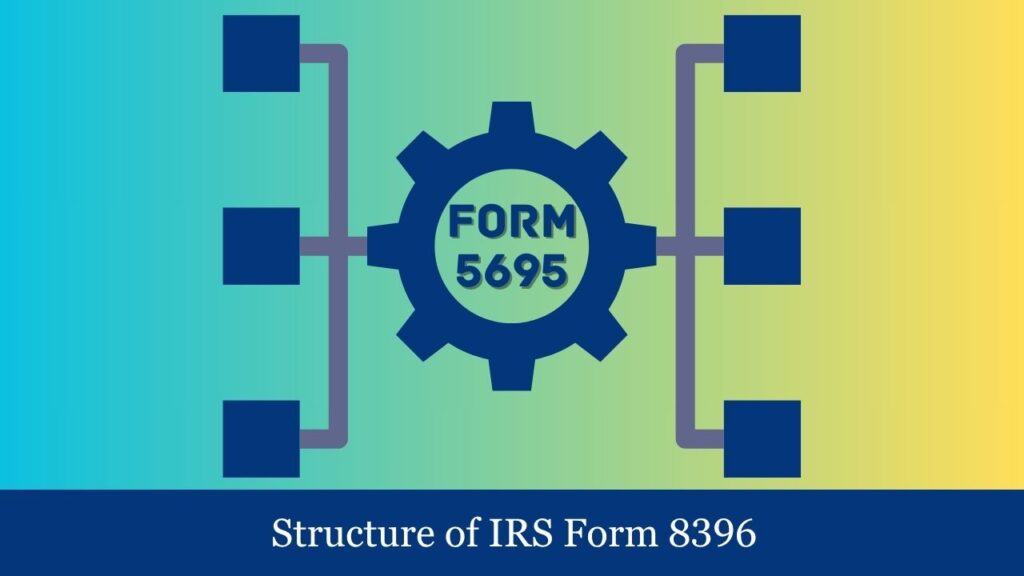
IRS Form 8396 is divided into key sections to help taxpayers compute the Mortgage Interest Credit they are entitled to claim, based on their Mortgage Credit Certificate (MCC). Below is a clear breakdown of each part of the form:
Header – Taxpayer Identification
Begin Form 8396 by providing your identifying information, including your name and Social Security Number:
- Name of the taxpayer(s) as it appears on Form 1040.
- Social Security Number (SSN).
This section ensures the IRS links the credit computation correctly to your individual tax return. If you are filing a joint return, include both names as shown on your Form 1040.
Part I – Current Year Mortgage Interest Credit
This is the main section of the form and is used to calculate the amount of mortgage interest credit you can claim for the current tax year. It is based on the total mortgage interest you paid and the percentage credit rate provided in your MCC.
- Line 1 – You must enter the name of the state or local housing agency that issued your Mortgage Credit Certificate.
- Line 2 – Enter your MCC certificate number, which is found directly on the MCC document issued to you.
- Line 3 – Record the mortgage credit percentage listed on your Mortgage Credit Certificate. This is a percentage (such as 20%, 25%, etc.) that will be applied to your annual mortgage interest to compute your credit.
- Line 4 – Enter the total mortgage interest you paid during the year on the certified mortgage loan. This amount is typically reported by your lender on Form 1098 (Box 1).
- Line 5 – Calculate the preliminary mortgage credit by applying the percentage from Line 3 to the interest amount on Line 4.
- Line 6 – If your MCC rate on Line 3 is more than 20%, enter $2,000, which is the maximum allowable credit for high-rate certificates. If your credit rate is 20% or less, enter the full amount from Line 5.
- Line 7 – This line is used to confirm your credit: if the $2,000 cap applies, carry that forward; otherwise, use the amount you calculated.
- Line 8 – Enter your tax liability before credits. You can find this on Form 1040, Line 18. This is important because the mortgage interest credit is nonrefundable, meaning it can only reduce your tax to zero—not result in a refund.
- Line 9 – Enter the smaller of Line 7 or Line 8. his amount represents the final mortgage interest credit you’re eligible to use for this tax year.
- Line 10 – This is an instruction line that tells you to report the amount from Line 9 on Schedule 3 (Form 1040), Line 6g, which will then flow to Form 1040, Line 20.
Part II – Carryforward of Unused Mortgage Interest Credit
This section allows you to track and report any unused mortgage credit from prior years. If your credit amount exceeded your tax liability in earlier years, the unused portion can be carried forward for up to three years.
- Line 11 – Enter the unused credit from three years prior to the current tax year.
- Line 12 – Enter the unused credit from two years prior.
- Line 13 – Enter the unused credit from the immediately preceding tax year.
- Line 14 – Add the amounts from Lines 11 through 13. This is the full amount of unused credit that can be applied to future tax years.
Important Note: This carryforward does not affect the current year’s mortgage interest credit calculated in Part I but should be recorded for tracking purposes and to ensure proper application in future years.
Form Attachment and Filing
Once completed, Form 8396 must be attached to your Form 1040 or Form 1040-SR when you file your federal income tax return. Make sure to keep your Mortgage Credit Certificate (MCC), Form 1098, and any prior year Form 8396s as supporting documentation.
How to Calculate IRS Form 8396 – Mortgage Interest Credit
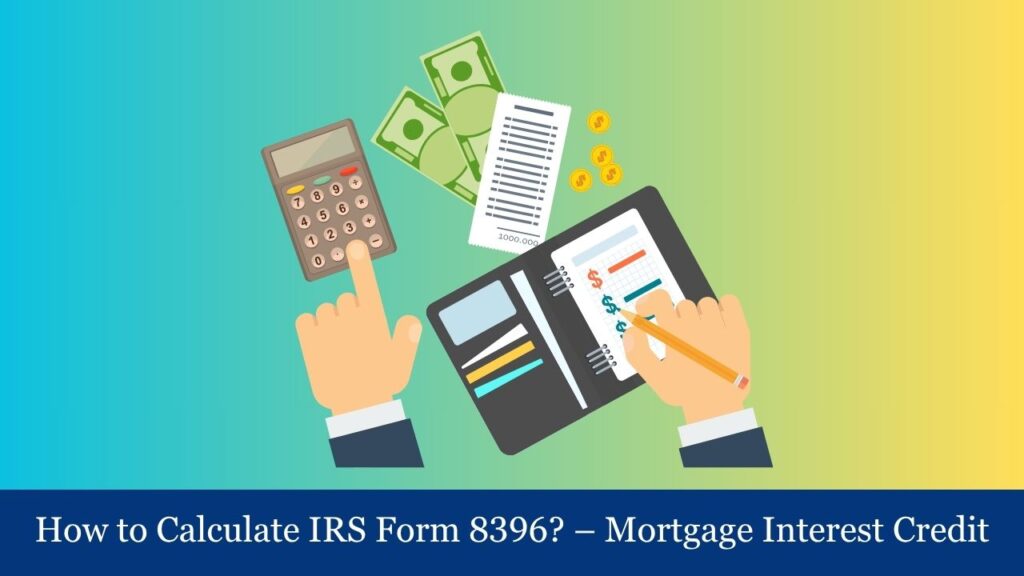
IRS Form 8396 allows eligible homeowners to calculate and claim a federal tax credit based on the mortgage interest paid during the tax year, provided they have a valid Mortgage Credit Certificate (MCC). This credit directly reduces your federal income tax liability.
Step-by-Step Calculation of Form 8396
Step 1: Determine Total Mortgage Interest Paid
Refer to Box 1 of Form 1098 to determine the total mortgage interest you paid for the year.
Let’s assume:
Mortgage interest paid = $8,000
Step 2: Apply the MCC Credit Rate
Use the credit rate (%) listed on your MCC (usually between 10% and 50%).
Let’s assume:
MCC credit rate = 25%
Now calculate:
Mortgage Interest Credit = $8,000 × 25% = $2,000
Step 3: Apply the $2,000 Cap (If Required)
If your Mortgage Credit Certificate rate exceeds 20%, the maximum annual credit you can claim is limited to $2,000.
- Since our rate is 25%, we must apply the cap:
Final credit = $2,000 (capped)
The $2,000 limit does not apply if your MCC rate is 20% or below.
Step 4: Limit the Credit to Your Tax Liability
This is a nonrefundable credit, meaning it cannot reduce your tax liability below zero.
Check your total tax due before credits (Form 1040, Line 18).
Let’s assume:
Federal tax liability before credits = $1,500
Then:
- You can claim only $1,500 this year.
- The remaining $500 can be carried over and applied to your taxes for up to three future years.
Step 5: Add Any Unused Carryforward Credit
If you had leftover mortgage credit from the past 3 years, you may carry it forward.
Let’s assume:
Prior year unused credit = $300
Then you can:
- Add $300 (carryforward) to the current year’s allowable credit (e.g., $1,500)
- Final credit on Form 8396, Line 3 = $1,800
Note: You’ll enter carryforward info in Part II of Form 8396.
Example
Let’s say:
- Mortgage interest paid: $8,000
- MCC rate: 25%
- Initial credit: $8,000 × 25% = $2,000
- Tax liability before credits: $1,500
- Allowed this year: $1,500
- Carryforward to next year: $500
Then:
- Enter $1,500 on Form 8396, Line 3.
- Carry forward $500 to next year using Part II.
Where to Report the Credit
- The final credit amount from Form 8396, Line 3 is entered on:
- Schedule 3 (Form 1040), Line 6g
- Which then flows to Form 1040, Line 20
Be sure to attach Form 8396 to your return when you file.
Penalties and Consequences
1. Disallowed Credit and Tax Adjustments
If you incorrectly claim the credit—for example, using an invalid MCC, claiming interest for a non-qualified loan, or continuing to claim the credit after the home is sold—the IRS may disallow the credit.
Consequence: You’ll owe additional taxes, possibly with interest and penalties for underpayment.
2. Accuracy-Related Penalty
Under IRC §6662, if you substantially understate your tax or make a significant error, the IRS may impose a 20% accuracy-related penalty.
This applies if:
- The MCC credit was inflated
- The MCC was misused or fabricated
- You did not adjust your mortgage interest deduction to reflect the credit amount claimed
3. Recapture Tax for MCC Holders (in Some Cases)
Although Form 8396 doesn’t directly initiate recapture, a recapture tax under IRC §143(m) may apply if you sell your home within nine years of buying it with an MCC and your income rises significantly.
When it applies:
- Sale within 9 years of purchase
- Gain on sale of the home
- Income exceeds limits at the time of sale
Recapture tax is reported on IRS Form 8828 and may require repaying part of the benefit received through the MCC program.
4. Late Filing or Omission
If Form 8396 is omitted from your return, the IRS may delay processing or deny the credit altogether. If caught in an audit, you may owe back taxes, interest, and possible penalties.
Conclusion
IRS Form 8396 offers a valuable tax-saving opportunity for qualifying homeowners, especially first-time buyers, by reducing their federal tax liability based on mortgage interest paid. It not only promotes homeownership affordability but also allows for future use of unused credit. With careful documentation and understanding of eligibility, taxpayers can maximize the benefits of the Mortgage Interest Credit.
Frequently Asked Questions (FAQs)
Is the mortgage interest credit refundable?
No, it’s a nonrefundable credit—meaning it can reduce your tax owed to zero, but not generate a refund. However, any unused portion may be carried forward for up to three future tax years.
Can I claim both the mortgage interest deduction and this credit?
Yes, but you must reduce your deduction for mortgage interest by the amount of credit claimed.
What if I move or stop using the home as my main residence?
You cannot claim the credit for any period when the home is not your primary residence.
Am I required to renew the Mortgage Credit Certificate annually ?
No. Once issued, the MCC remains valid for the life of the loan unless you refinance (in which case an RMCC is needed).
